04 September – 22 September 2018
Barcelona
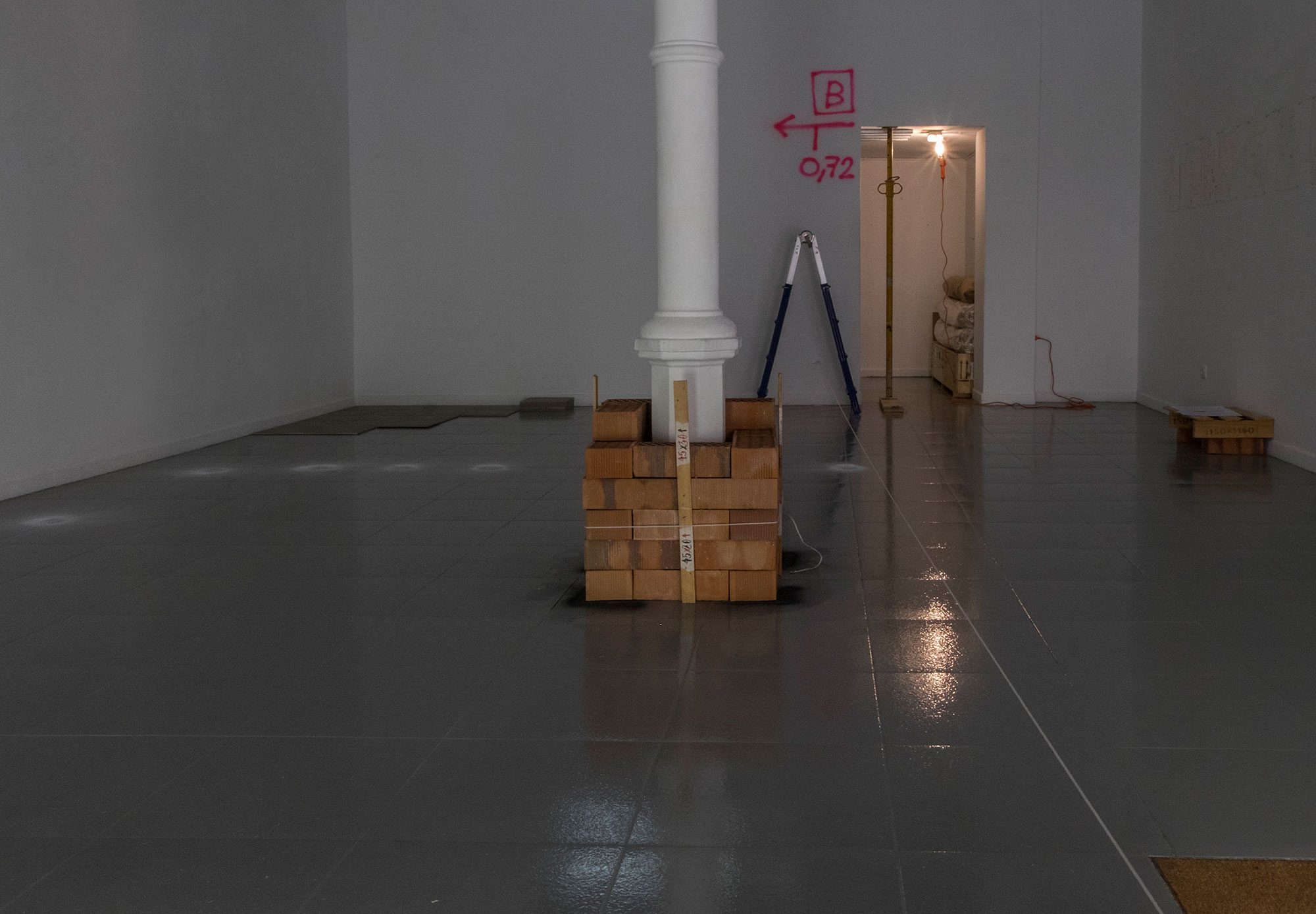



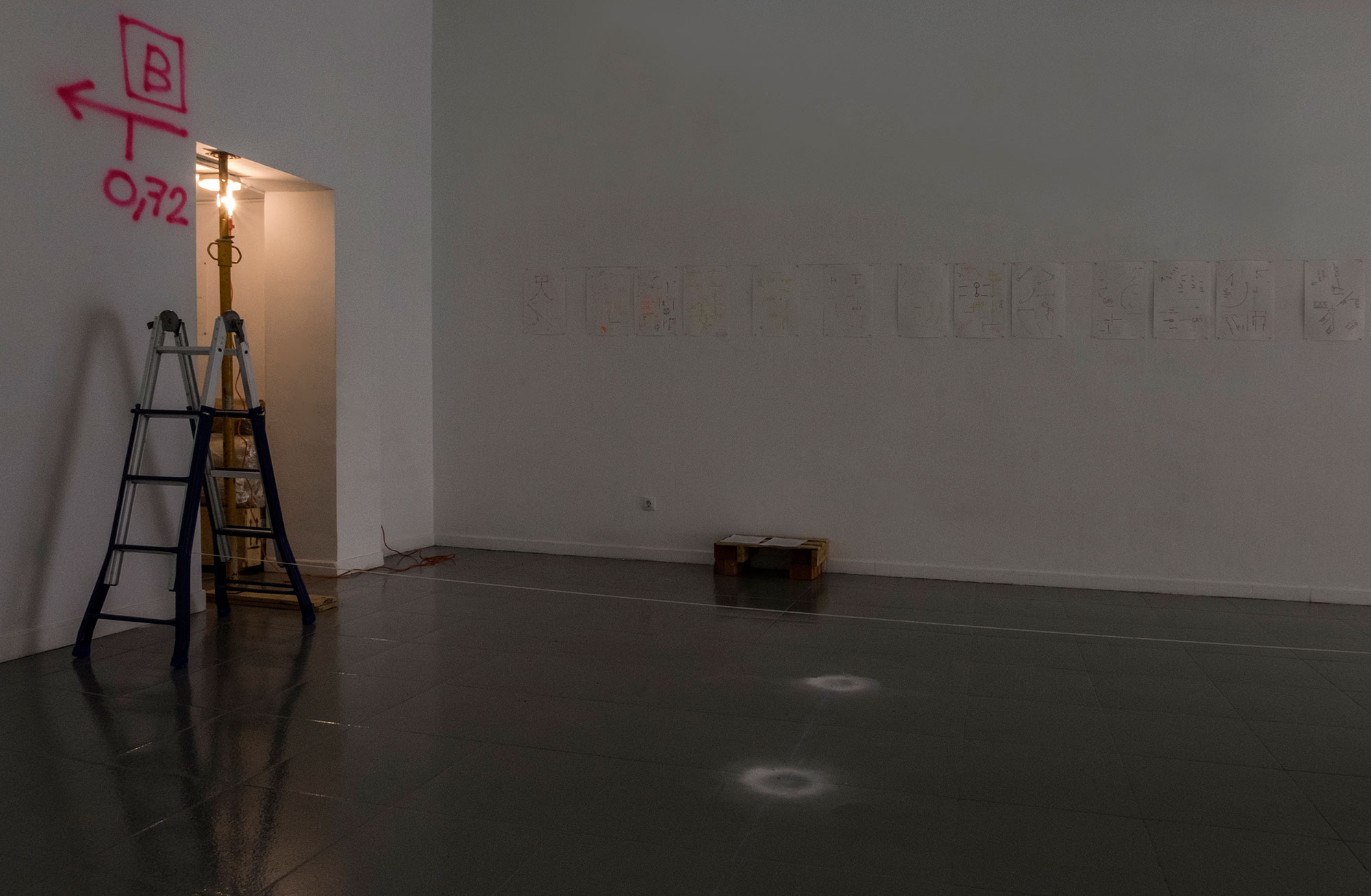
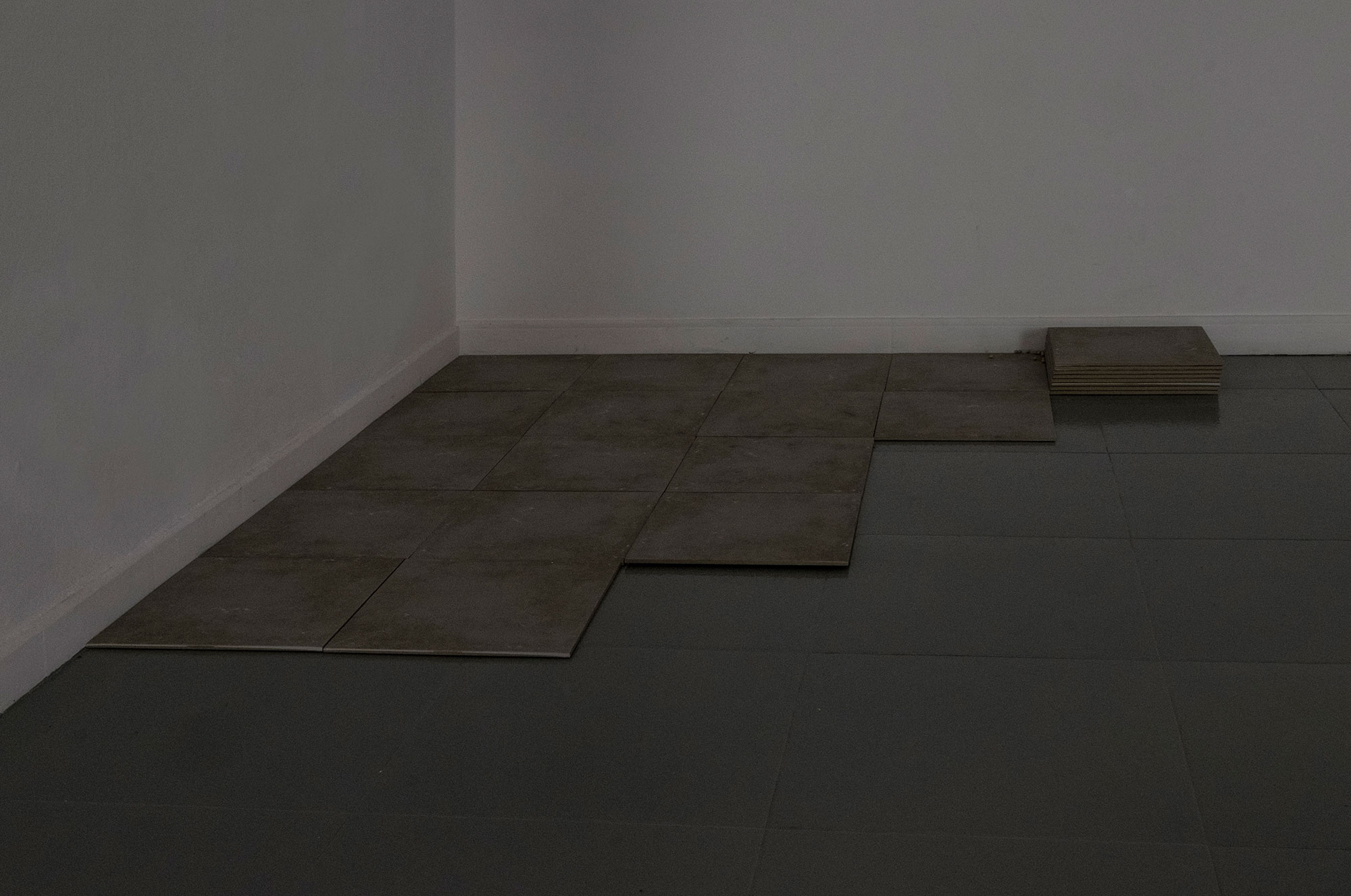


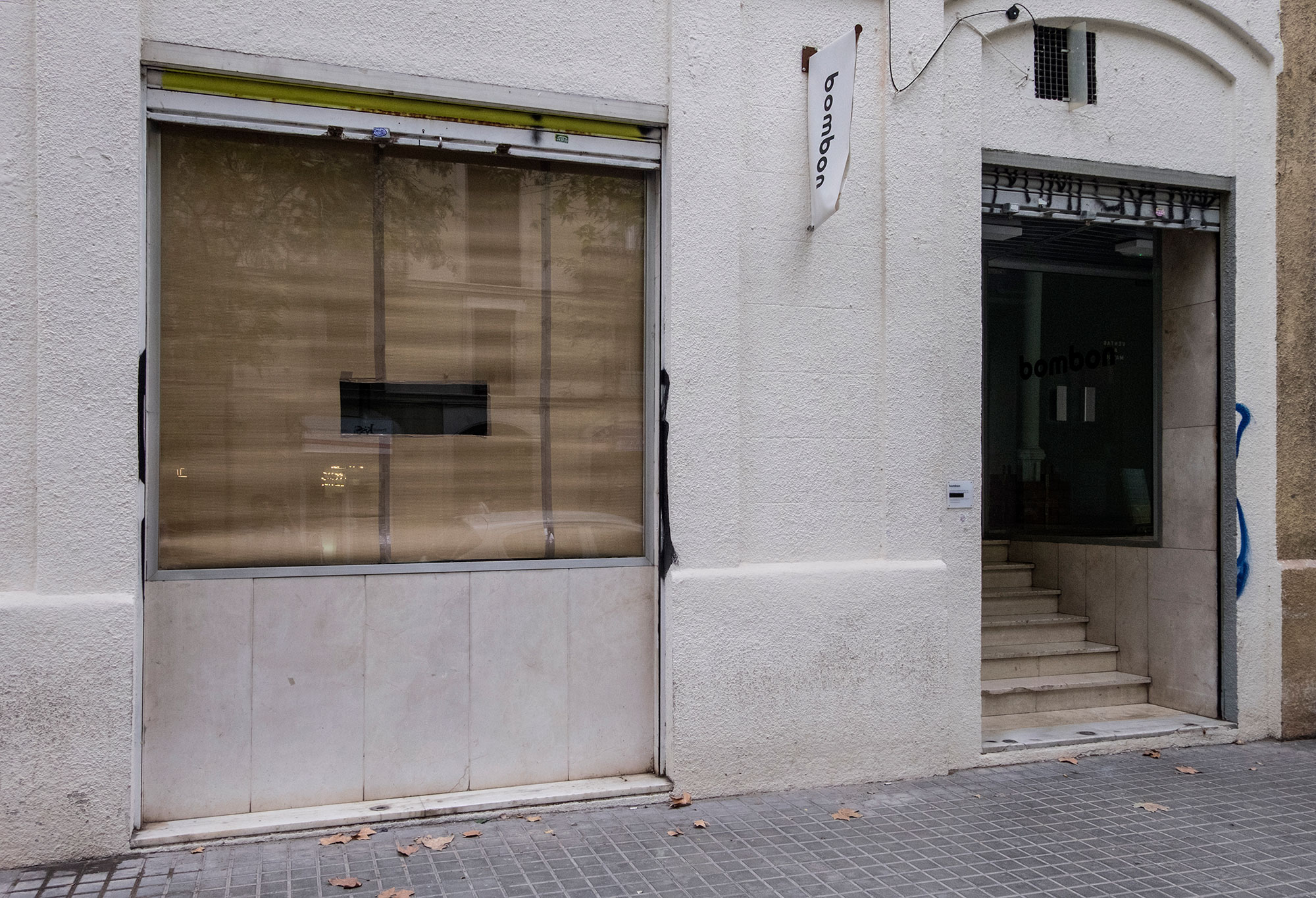
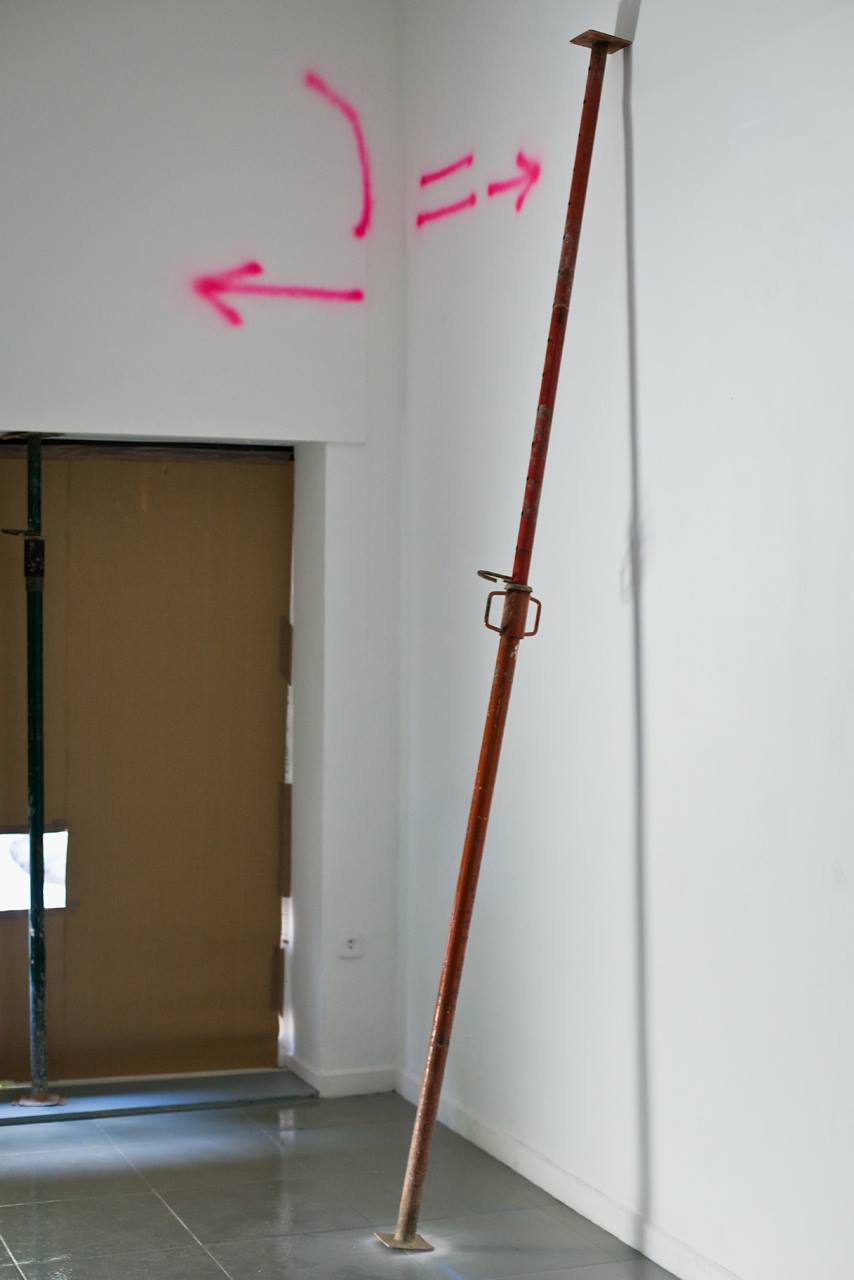
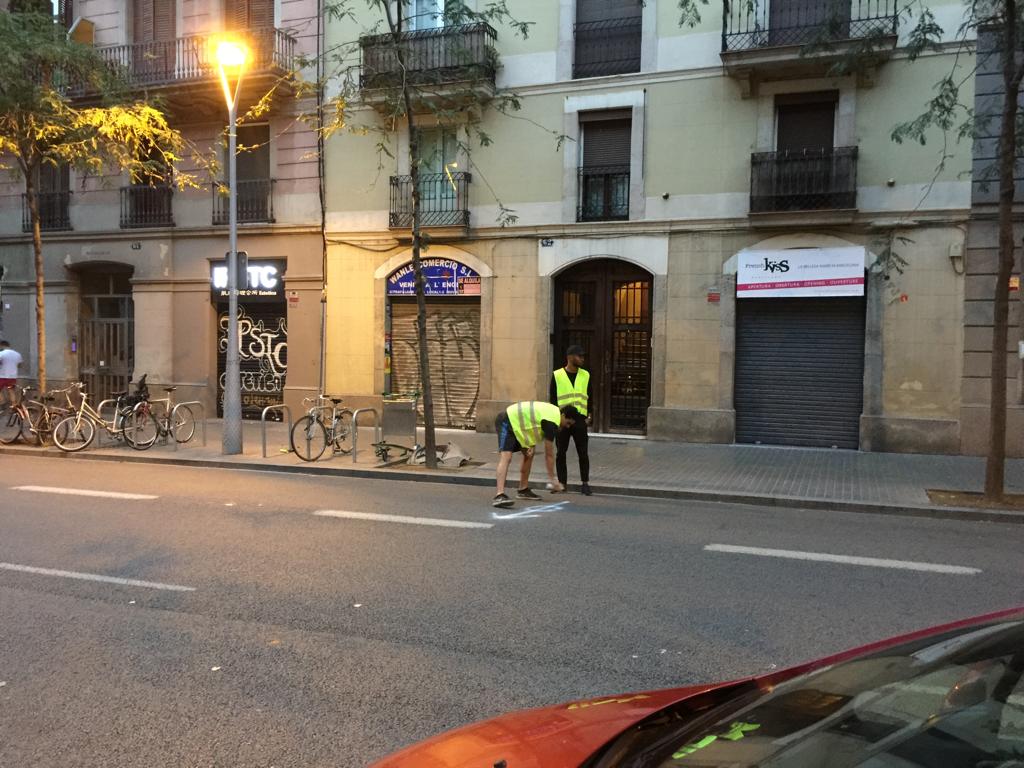
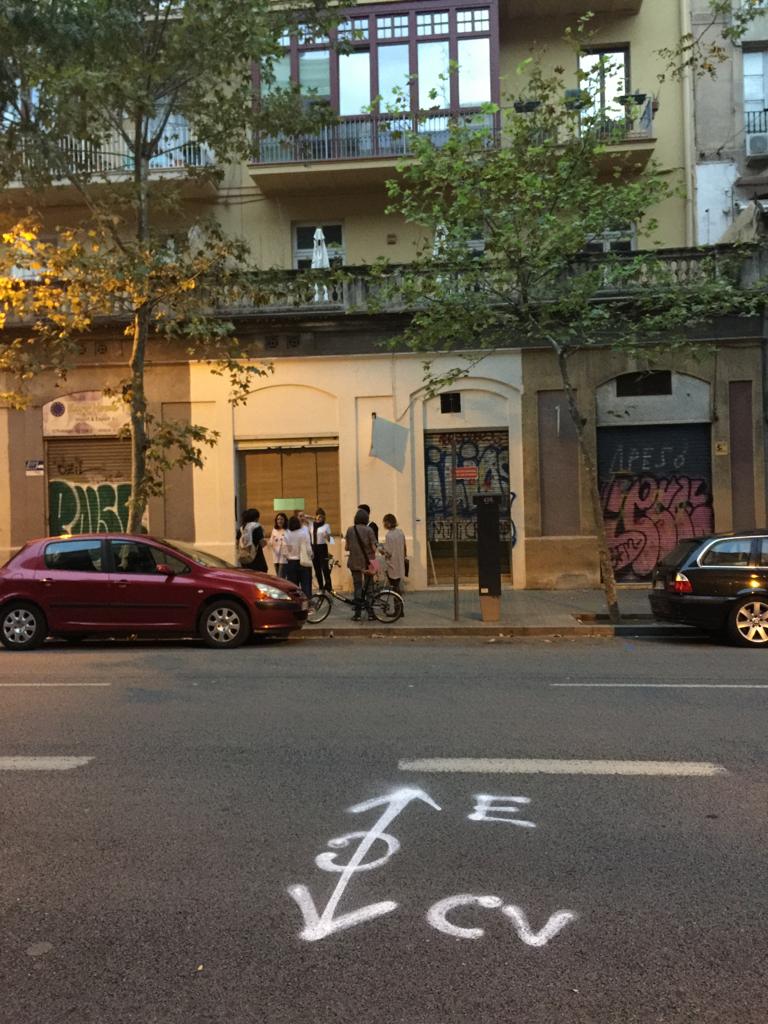

know more about
In the beginning,
I found two unknown persons in the middle of a dry ground.
They said:
-This is a place with no history.
-We started to dig and, after a short while, we arrived to the bottom of it.
It was so easy, for them, to represent the possibility of a place without history! The real origin, the beginning of everything. They had started to dig, and after a short while, without much effort, they had arrived at the original tabula rasa, where everything could begin. They saw it empty, clean, smooth, impeccable, bright, of a blinding white able to reflect everything outside. It seemed to spit out anything that could leave a trace, as if it was repelling the beginning of every story, as if it was paralysing the path of time and could exist eternally and timelessly at the same time. Isolated from everything. The bottom of it, those characters had given the name; the instant before the haematopoiesis projected to infinity.
As expected, the onyric scene was fugacious. As soon as they finished saying those words, I woke up. I was on the train. I saw houses, cars, the sun, planes, clouds, mountains, remote cranes, nearby cranes, trees, stations, people who went up, others who went down. We could trace lines that represent the links between all these elements. They would be indications of invisible, and structural, stories. Like that house in Vic, which, they say, is built on a mountain. They say that if someone digged the floor of some rooms on the first floor, there would be rock. I went down to the Arc de Triomf station and when I was still underground I stepped on pieces of a broken tile. cruc-cruc. The ceramic fragments, dissatached and unstable on the pavement followed the balance of my foot caused by the displacement of my body weight. Forces and balances in circulation; those of my body, those of the space and those of the earth. The image of a pea under a tile or a mountain inside the house.
the topographers came, after, the men with spray paint of explosive and fluorescent colours. Pink, orange, red, blue, yellow and blinding white. Diamonds, squares, zigzags, circles, arrows, straight lines, dashed lines, straight angles, corrugated lines; like a lexicon that describes what has been left in the underground of civilization.”
The marks with explosive and fluorescent colours “Indicated that something was approaching”, said Ellen Ullman. The city was full of them. They appeared and disappeared. Diagrams of a strange code indicating beginnings. Some are instructions for those who will come later: in here you have to dig a hole; over there a lamppost has to be installed; further to the right, trace a bicycle lane. Others describe the underground of civilization: sewer systems, lighting, water, optic fiber. They seem signs of a language capable of representing time and space in a spiral. They describe the ruins on which it is going to build again. I asked my dad how they do it.
-What is the logic of this language? How can I learn it? What is its history? Who has agreed to develop it? Can you show it to me?
He answered me that every worker makes those drawings as they can, according to how they think the drawings will be better interpreted. My researcher’s scientific rationality in translation didn’t understand a thing.
– What? Are you telling me that there is no consensus? That builder’s guild has never agreed to develop a grammar of these marks? How do you understand each other?
He didn’t give me an answer. Maybe he gave me all of them. Maybe we are facing an ephemeral language (because it doesn’t last long), spontaneous (because it is invented and interpreted at the moment) and deictic (because it always points to other situations, past of future, that in the present are invisible). Or maybe we should talk about languages. It is not only one; it is the one of each worker in relation to their present. Since then I’ve benn going around the world observing and collecting samples of these expressions without having a very clear target. Sometimes I’ve seen how fields transformed with the pass of the days and the introduction, on the ruins, of new elements. I have the feeling that we could identify some patterns, we could start to find clues where to hold onto in order to interpret each symbol, but maybe this would go against its specific character of the moment and the place where it is made. Maybe the only way to learn expressing ourselves is to improvise instinctively in every situation; drawing each symbol with the confidence that whoever comes after will understand it.
Despite all, it is a language that is not for me. It doesn’t question me even though it describes the structure that also determines my life. But it is not me, probably nor you, who has to interpret it. It is the guild. And, sometimes, while they communicate through these signs and the acts that unchain, they ask us, with devices from a consensus code, to stop, to stay silent, because they are talking or building –however you want to call it.
it was love.
We stop because the situation demands it. In Copenhagen and New York there are workers who are considerate and open windows on the fences surrounding the areas in construction so the pedestrians can observe the situation. In Barcelona it is more likely to find holes on the tarps that mark off the construction sites. Holes on the level of the eyes of who has made them, someone who wants to spy the beginnings. All of this makes me think in the love that, according to Julia Kristeva, was the beginning. Love is a tension between two bodies. “The beginning is dialectic, the origin are two”, said Xavier Bassas, causing an oxymoron in my stomach. Love begins and in the middle of the tension begins the construction of a new story, a building that attempts to hold onto structures from the past, that come from other stories, because we build on ruins. Sometimes, love opens a hole and makes visible these structures that seem firm and solid. Sometimes, if one is very observant, it is even possible to find or imagine hints of the angular stones from an architectonic project that grows without a plan and that improvises every instant on invisible references from the past, but as strong as an uncooked pea under a tile. Sometimes, one might want to soften them, make them more flexible or set up new ones.
The beginning of Bombon is also love, Bernat and Joana told me. But the beginning before the beginning (because “the origin are two”) is a wholesale shop. It says it on one of the windows of the space that now acts as a gallery. It says it too on the marks of the place, the material subconscious. How could we dig into these beginnings? The languages of the beginning of a working site could be used to make an archaeological recreation of the space? To activate the imagination of other previous scenes through the poetic reading of fragments from the past?
In the beginning,
was the Word;
there is a difference;
was the noise;
fue el verbo;
siempre hay una relación con una entidad afectiva e interactiva dotada de carne inteligente y mente encarnada;
era el amor;
está Él;
God created heaven;
earth gave forth;
there was nothing;
there was light;
was with God; the Word;
the First Cow;
was the Word next God;
hi ha la guerra;
fue el fin;
Read More